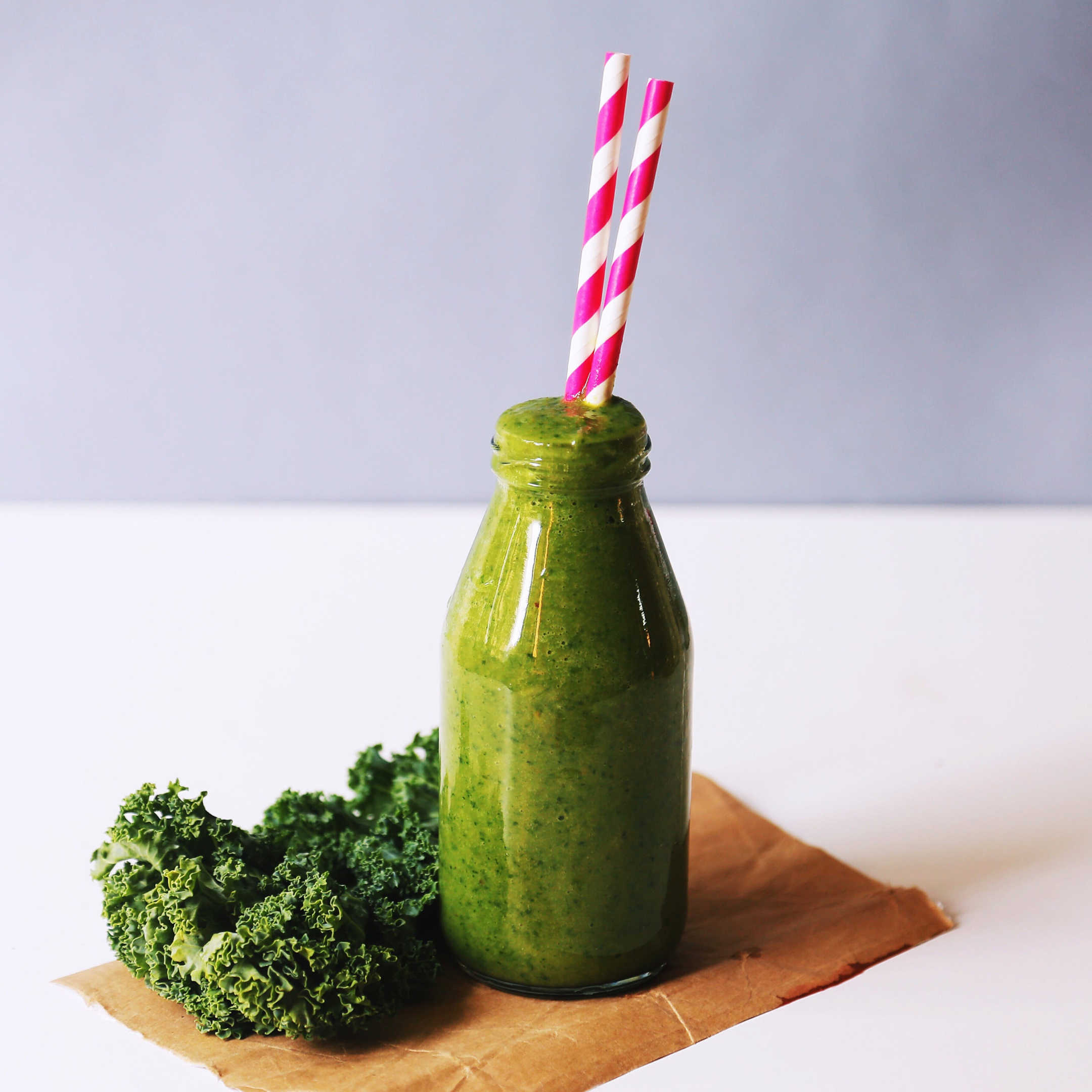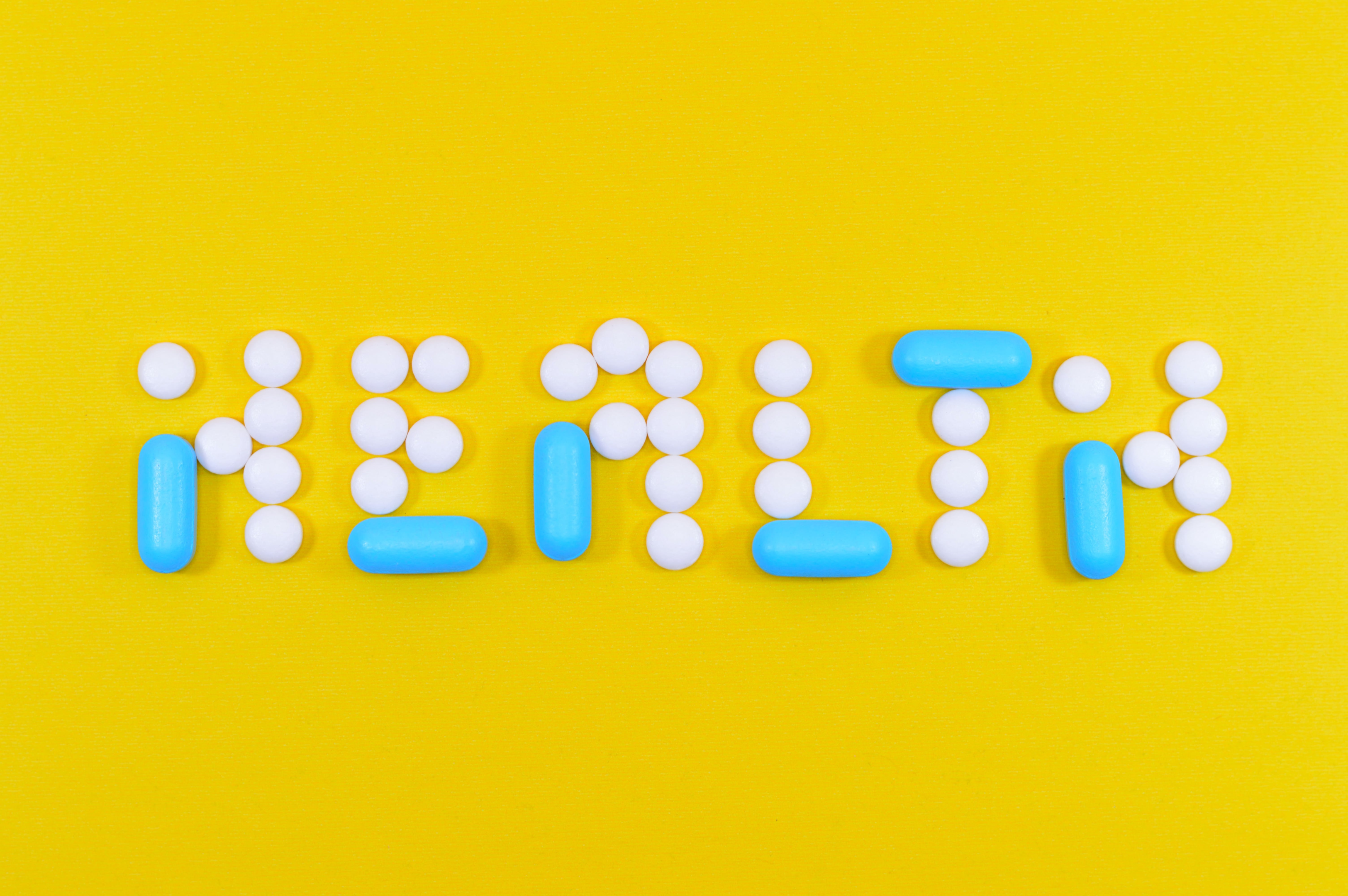In the ever-evolving world of health and wellness, biohacking has emerged as a cutting-edge approach to optimize the human body’s potential. This article delves into the myriad ways biohacking techniques can enhance cognitive function, improve metabolic and brain health, and promote overall well-being. By understanding and applying principles from various scientific fields, including biology, genetics, nutrition, and technology, individuals can take active steps towards achieving peak performance in everyday life.

Understanding Biohacking: At its core, biohacking involves understanding and manipulating the biological processes within our bodies to achieve specific health goals.
This can range from simple lifestyle changes like diet and exercise to more advanced techniques like genetic biohacking and DIY biology.
Popular Biohacking Techniques:
- Dietary Interventions: Intermittent fasting and alternate day fasting are popular dietary biohacks. They help regulate blood sugar, improve insulin resistance, and aid in weight loss, thereby impacting body composition positively.
- Exercise and Physical Activity: Regular exercise, including strength training and cardiovascular workouts, improves blood flow, bone health, and cognitive function while reducing the risk of heart disease and metabolic disorders.
- Nutritional Supplements: Taking supplements like Vitamin D, Omega-3 fatty acids, and other essential nutrients can combat deficiencies and inflammation, contributing to improved mental and physical health.
- Technology-Driven Biohacks: Wearable technology like the Apple Watch and devices that monitor vital signs and body responses provide real-time data to optimize health routines.
- Environmental Manipulations: Practices like cold water immersion or ice baths are used to boost performance, burn fat, and improve recovery in athletes.

Cognitive Enhancement Through Biohacking: Enhancing brain functions is a significant aspect of biohacking.
Techniques include meditation for focus and mental clarity, brain gene network modulation through supplements or diet, and ensuring adequate sleep for optimal brain health.
Biohacking for Athletic and Mental Performance: Athletes and professionals use biohacking to enhance their physical and mental performance.
This includes optimizing body weight through diet, improving athletic performance via specific training protocols, and managing stress and the nervous system for better mental performance.
Health and Safety Considerations: While biohacking can offer numerous benefits, it’s crucial to acknowledge potential safety risks.

Consulting with a medical professional before undertaking any significant biohacking initiative, especially those involving blood testing, genetic editing, or experimental supplements, is advisable.
Genetic Biohacking and Human Enhancement: Genetic biohacking, a more advanced form of biohacking, involves modifying gene expressions to prevent diseases for which one may be genetically predisposed.
Current research in human augmentation and genetic editing at the cellular level is paving the way for groundbreaking enhancements in human health.
The Role of Biohacking in Everyday Life: Biohacking isn’t just for scientists or health enthusiasts; it can be integrated into everyday life.
Simple biohacks like adjusting sleep patterns, improving nutrition, and managing stress through mindfulness can have profound effects on health and well-being.

The Science of Biohacking: Exploring the Biological Basis
Biohacking is grounded in scientific principles, integrating knowledge from biology, genetics, neuroscience, and other scientific fields.
Understanding how our bodies and brains function at the cellular and systemic levels is crucial for effective biohacking.
Systems nutrigenomics, for instance, studies how nutrition affects our genes, providing insights into how dietary changes can influence our health at a genetic level.

Current Research and Examples in Biohacking
Current research in biohacking is vast and varied. Studies are exploring how intermittent fasting impacts metabolic health, the effects of specific nutrients on cognitive function, and the potential of gene editing techniques like CRISPR for disease prevention.
Real-world examples include biohackers who have improved their cognitive function through nootropics or enhanced their physical capabilities with DIY biology techniques.
Biohacking Techniques: A Closer Look
Intermittent Fasting and Metabolic Health:
This popular dietary biohack involves cycling between periods of eating and fasting. Research shows it can improve blood sugar regulation, reduce inflammation, and even enhance brain health.

Exercise Variations for Peak Performance:
Beyond regular physical activity, biohackers often experiment with different types of exercises to maximize their results, such as high-intensity interval training (HIIT) for fat loss or yoga for mental calmness.
Supplements and Nutrients:
Biohackers often use supplements to optimize their nutrient intake. This can include anything from standard vitamins to more specialized compounds like nootropics for brain function or adaptogens for stress management.
Environmental Biohacks:
Practices like exposing the body to cold (through cold showers or ice baths) are believed to improve circulation, reduce muscle soreness, and boost the immune system.
Personalized Biohacking:
Tailoring Approaches to Individual Needs
Biohacking is highly individualized. What works for one person may not work for another, due to differences in body composition, genetic makeup, and lifestyle.
Personalized biohacking involves using data (like blood tests results) and trial and error to find what works best for each individual. For example, someone with a genetic predisposition to insulin resistance might focus on dietary biohacks that regulate blood sugar levels.
The Role of Technology in Biohacking
Technology plays a significant role in modern biohacking. Wearable devices like fitness trackers and smartwatches help monitor physical activity, sleep patterns, and heart rate, providing valuable data for optimizing health. Advanced technologies like VR are being explored for mental health and cognitive function enhancement.
Biohacking and Mental Health
Biohacking also encompasses mental and emotional health. Techniques like meditation, mindfulness, and cognitive behavioral therapy (CBT) are used to improve mental performance, reduce stress, and enhance overall well-being.
Nutritional biohacks, like omega-3 supplements, have been shown to have positive effects on mood and cognitive function.
The Ethical and Safety Aspects of Biohacking
As with any health-related practice, biohacking comes with ethical considerations and potential safety risks. Genetic biohacking, in particular, raises ethical questions about human enhancement and the nature of self-experimentation. Safety is also a concern, particularly with more extreme forms of biohacking or when individuals undertake complex biohacks without proper guidance or understanding.
Community and Culture of Biohacking
Biohacking has fostered a vibrant community and culture. Online forums, social media groups, and conferences bring together biohackers to share experiences, insights, and discoveries. This community aspect is vital for sharing knowledge, learning from others’ experiences, and staying updated on the latest research and developments in the field.
Future Directions in Biohacking
The future of biohacking is promising and full of potential. With advances in science and technology, new biohacking techniques and tools are constantly emerging. The field is moving towards more personalized and precise interventions, with an emphasis on safety and efficacy.
As our understanding of the human body and brain deepens, biohacking will continue to evolve, offering more sophisticated ways to enhance health and human performance.
Conclusion:
Biohacking presents an exciting frontier in personal health and wellness. By embracing a mix of science, technology, and self-experimentation, individuals can explore new ways to enhance their physical and mental performance.
Whether it’s through diet, exercise, supplements, or more advanced techniques like gene editing, biohacking empowers individuals to take charge of their health and well-being in novel and effective ways.
As with any health-related endeavor, it’s important to proceed with caution and consult healthcare professionals to ensure safety and efficacy.
Among the most effective and increasingly popular biohacking techniques are Red Light Therapy, Pulsed Electromagnetic Field (PEMF) therapy, Cold Plunge Therapy, Meditation, and Fasting.
1. Red Light Therapy: Harnessing the Healing Power of Light
Red Light Therapy (RLT) involves exposing the body to low wavelength red light, which is believed to have numerous health benefits. This non-invasive therapy aids in skin rejuvenation, muscle recovery, and pain relief.
RLT works by stimulating the production of adenosine triphosphate (ATP) in the mitochondria, boosting cellular energy and promoting healing. It’s also shown promise in treating conditions like arthritis, muscle fatigue, and neurological disorders.
2. PEMF: A Magnetic Approach to Enhanced Cellular Function
Pulsed Electromagnetic Field (PEMF) therapy uses electromagnetic waves to stimulate and encourage the body’s natural recovery process. It’s particularly effective in improving bone healing, reducing inflammation, and alleviating pain.
PEMF therapy aids in enhancing the body’s cellular function, which can lead to increased energy levels, better circulation, and improved immune system function.
3. Cold Plunge Therapy: The Benefits of Cold Exposure
Cold Plunge Therapy involves immersing the body in cold water, typically around 10-15 degrees Celsius. This form of therapy stimulates the body’s natural healing powers and is known for its ability to reduce muscle soreness, improve circulation, and boost the immune system.
The cold exposure triggers the body’s fight-or-flight response, releasing endorphins, and improving mental clarity.
4. Meditation: Cultivating Mental and Emotional Balance
Meditation, a cornerstone of mental health and well-being, is a powerful biohacking tool for enhancing cognitive function and emotional health. Regular meditation practice helps in reducing stress, anxiety, and depression.
It enhances focus, creativity, and overall brain function. Mindfulness meditation, in particular, has been shown to positively impact the brain’s structure, leading to improved emotional regulation and decreased reactivity to stress.
5. Fasting: The Ancient Practice with Modern Health Benefits
Fasting, the practice of abstaining from food for a specific period, has numerous health benefits. Intermittent fasting, one of the most popular forms, involves cycling between periods of eating and fasting.
This practice can lead to weight loss, improved metabolic health, enhanced brain function, and longevity. Fasting promotes autophagy, the body’s process of cleaning out damaged cells, which can lead to a reduced risk of chronic diseases.
Understanding Fasting Fasting can take many forms, ranging from intermittent fasting (IF) to more extended periods of abstaining from food. It’s a practice deeply rooted in human history, often associated with religious rituals, spiritual enlightenment, and as a means of promoting physical health.
Types of Fasting
- Intermittent Fasting (IF): IF involves alternating cycles of eating and fasting. Common methods include the 16/8 method (fasting for 16 hours and eating during an 8-hour window) and the 5:2 approach (eating normally five days a week and restricting calories on two non-consecutive days).
- Prolonged Fasting: This involves abstaining from food for periods typically longer than 24 hours. It can range from 24-hour fasts to several days or even weeks under medical supervision.
- Time-Restricted Eating: Similar to IF, this method involves consuming all meals within a specific time window each day, typically ranging from 4 to 12 hours.
Benefits of Fasting Fasting offers numerous health benefits, including:
- Weight Loss and Improved Metabolism:
- By limiting food intake, fasting can lead to reduced body weight and improved metabolic health.
- Enhanced Brain Function:
- Fasting is believed to enhance cognitive function and may protect against neurodegenerative diseases.
- Autophagy:
- This process, where cells self-cleanse and remove damaged components, is significantly boosted during fasting, leading to rejuvenated cellular function.
- Improved Insulin Sensitivity: Regular fasting can improve the body’s response to insulin, reducing the risk of type 2 diabetes.
- Longevity: Some research suggests that fasting can extend lifespan by reducing the risk of age-related diseases.
Exploring Dry Fasting Dry fasting, or absolute fasting, takes the concept of fasting a step further by restricting both food and liquid, including water.
It’s often considered more intense and challenging than traditional fasting methods, and thus, should be approached with caution.
Types of Dry Fasting
- Soft Dry Fasting: In this form, individuals avoid consuming food and water but may still come into contact with water, like through bathing.
- Hard Dry Fasting: This stricter form involves complete abstinence from food and any contact with water.
Benefits of Dry Fasting
- Enhanced Detoxification: Advocates of dry fasting claim it offers superior detoxification benefits, as the body is forced to obtain water from cells, potentially flushing out more toxins.
- Improved Immune System Function: Some believe that dry fasting can strengthen the immune system by inducing a higher state of autophagy than regular fasting.
- Skin Health: Anecdotal reports suggest improvements in skin health and clarity due to the detoxification effects of dry fasting.
The Science Behind Fasting and Dry Fasting The scientific community continues to explore the effects of fasting and dry fasting.
While fasting is known to trigger ketosis, a state where the body burns fat for energy, dry fasting is believed to intensify this process, potentially leading to more significant weight loss and detoxification. However, dry fasting carries more significant risks due to dehydration and should be approached with caution and ideally under medical supervision.
Risks and Considerations While fasting and dry fasting can offer health benefits, they are not without risks. These include dehydration (particularly with dry fasting), nutrient deficiencies, and potential exacerbation of existing health conditions. Anyone considering fasting, especially dry fasting, should consult with a healthcare professional first.
Implementing Fasting Safely For those interested in exploring fasting:
- Start Slowly: Begin with shorter fasting periods and gradually increase the duration.
- Stay Hydrated: Drink plenty of water during non-fasting periods, especially if trying intermittent or prolonged fasting.
- Monitor Your Health: Pay attention to how your body responds and stop fasting if you experience adverse effects.
The Future of Biohacking and Personal Health
As we continue to explore and understand the body’s complex systems, biohacking techniques like Red Light Therapy, PEMF, Cold Plunge Therapy, Meditation, and Fasting are becoming increasingly sophisticated and personalized.
The future of biohacking promises more targeted, efficient, and effective approaches to health and wellness, enabling individuals to live healthier, more vibrant lives.
Leading Figures in the Biohacking Movement
As the biohacking movement grows, several individuals have emerged as leading figures, contributing significantly to its popularity and development. These top biohackers have not only experimented extensively with various techniques but also shared their knowledge and experiences, inspiring many to explore the realm of biohacking.
- Dave AspreyOften referred to as the “Father of Biohacking,” Dave Asprey is renowned for his Bulletproof Coffee and the Bulletproof Diet. He focuses on enhancing cognitive function, losing weight, and increasing physical energy.Asprey’s approach to biohacking combines nutritional interventions, sleep optimization, and stress management techniques.
- Ben Greenfield:A former bodybuilder, Ironman triathlete, and personal trainer, Ben Greenfield’s work in biohacking revolves around optimizing human performance, health, and longevity.His methods include advanced fitness routines, nutritional advice, and exploring new technologies and supplements for enhancing physical and mental health.
- Dr. Rhonda Patrick:Specializing in biomedical science, Dr. Rhonda Patrick has gained recognition in the biohacking community for her research and insights into aging, cancer, and nutrition.She extensively covers topics like the impact of micronutrient deficiencies on health, the benefits of cold exposure, and the science of fasting.
- Tim Ferriss:Author of “The 4-Hour Workweek” and “The 4-Hour Body,” Tim Ferriss is known for his “life hacking” techniques. He focuses on productivity, health, and wellness, experimenting with various lifestyle changes, diets, and exercise regimens to discover the most efficient ways to improve health and performance.
- Aubrey de Grey:A biomedical gerontologist, Aubrey de Grey is a significant figure in the field of anti-aging. His work emphasizes the use of regenerative medicine to combat the aging process, proposing that repairing the damage that accumulates in our bodies over time can significantly extend the human lifespan.
- Joe Rogan:While primarily known as a podcast host and comedian, Joe Rogan has become a prominent voice in the biohacking community.He frequently discusses topics like fitness, nutrition, and various biohacking techniques, including cryotherapy, sensory deprivation tanks, and nootropic supplements.
- Wim Hof:Known as “The Iceman,” Wim Hof has gained fame for his ability to withstand extreme cold, which he attributes to a breathing technique known as the Wim Hof Method. This method, combining specific breathing exercises with cold exposure and meditation, claims to boost the immune system, improve mental health, and increase physical endurance.
These individuals, through their experimentation, research, and advocacy, have significantly influenced the biohacking community. They continue to inspire and educate people worldwide about the benefits of biohacking for improving health, wellness, and overall quality of life.
Conclusion
Biohacking offers a proactive approach to personal health and wellness, combining ancient wisdom with modern technology.
Techniques like Red Light Therapy, PEMF, Cold Plunge Therapy, Meditation, and Fasting are at the forefront of this movement, providing diverse and effective ways to enhance physical and mental well-being.
As the biohacking community continues to grow, so does our potential to achieve optimal health through these innovative practices.
- Medical News Today – Biohacking Overview
- Medical News Today: Biohacking
- Description: An introductory article on biohacking, covering its definition, methods, and popular techniques like intermittent fasting.
- Forbes – Wellness and Biohacking
- Forbes: Biohacking for Wellness
- Description: Forbes provides insights into biohacking, focusing on how it can be integrated into wellness routines.
- The Atlantic – The Top Biohacks
- The Atlantic: The Top Biohacks
- Description: This article from The Atlantic discusses various popular biohacking techniques and their impact on health and lifestyle.
- Tony Robbins – Biohacking for Beginners
- Tony Robbins: Biohacking for Beginners
- Description: A beginner’s guide to biohacking, offering insights and tips for those new to the concept of biohacking.
- Healthline – Understanding Biohacking
- Healthline: Biohacking Explained
- Description: Healthline’s comprehensive take on biohacking, explaining its various forms and health implications.
- InsideTracker Blog – Examples of Biohacking
- InsideTracker Blog: Examples of Biohacking
- Description: A detailed blog post that provides examples of biohacking and discusses how they can be applied in daily life.






